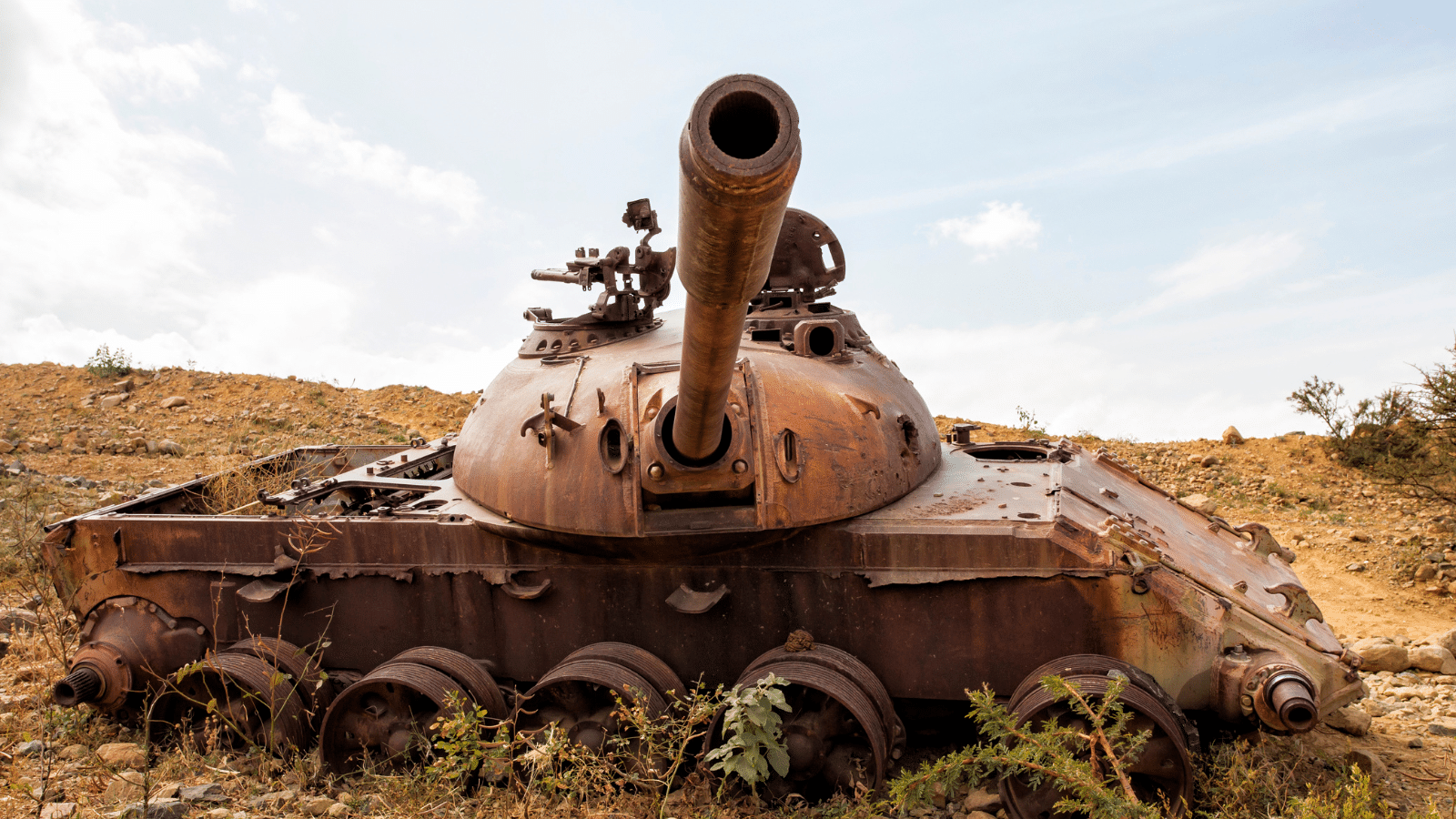More battle-related deaths from state-based conflicts took place in 2022 than in any year since 1984, according to new conflict trend data recently released by the Peace Research Institute Oslo (PRIO).
The report shows that two wars were the primary contributors to the more than 204,000 battle-related deaths in 2022: Russia’s invasion of Ukraine, accounting for 81,500 deaths and the war in Ethiopia’s Tigray region accounting for more than 100,000 battle-related deaths.
Non-state conflicts also increased compared to previous years. In 2022, 82 non-state conflicts were recorded, up from 76 in the previous year, resulting in 20,800 battle-related deaths.
Released in June 2023, the PRIO “Conflict Trends: A Global Overview, 1946-2022 report” provides an analysis of the global trends in conflict covering the period 1946 to 2022, using data collected annually by the Uppsala Conflict Data Program at Uppsala University.
Key trends outlined in the report include:
Read more from the authors of the report and its findings here. Download a copy of the report here.
The Uppsala conflict data will be published in the July issue of Journal of Peace Research.
